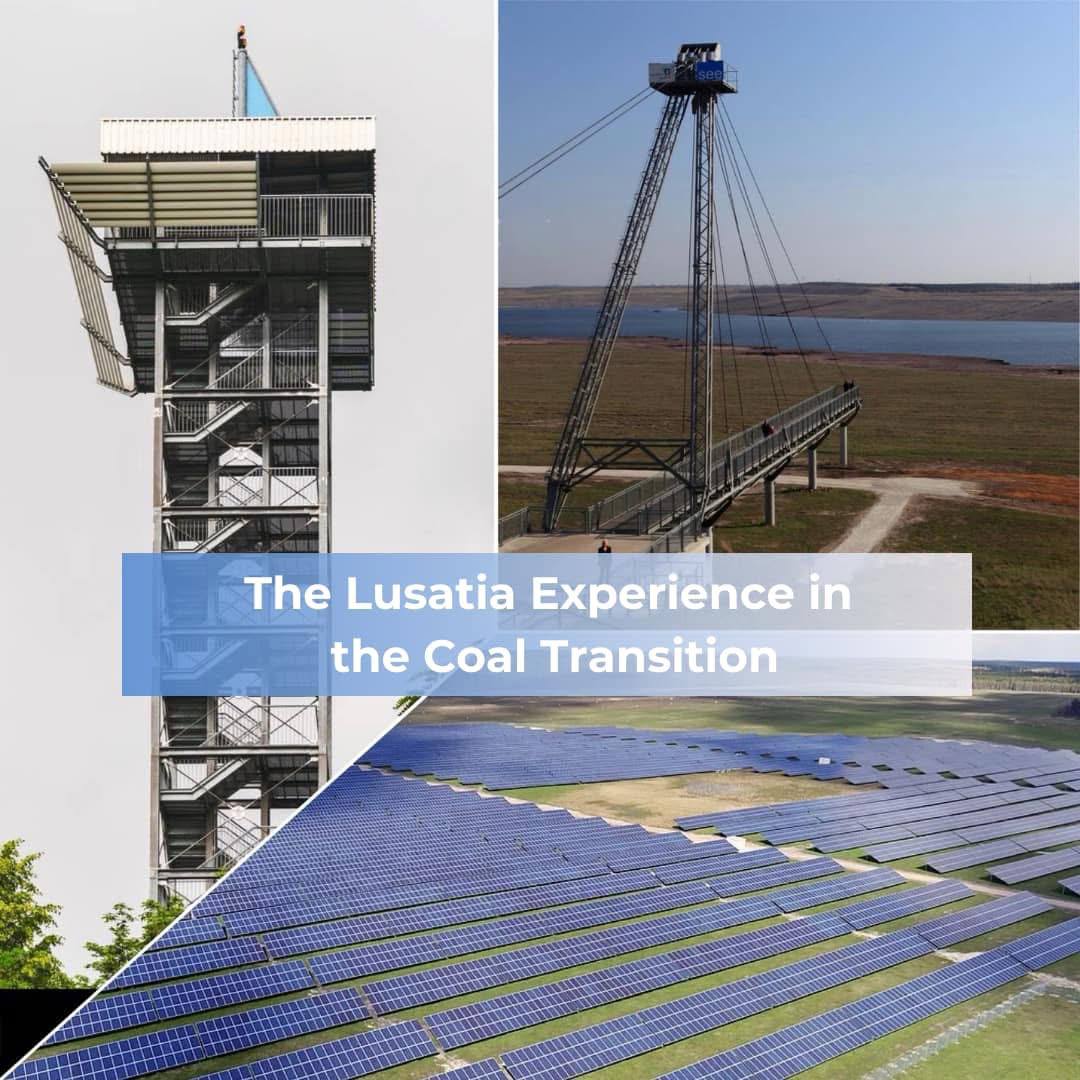The Senftenberg/Schipkau Solar Park has become a transformation symbol of the Lusatia region in Germany
For decades, until the end of the 20th century, the coal industry thrived here, making the region a center for lignite mining. The closure of the Meuro mine led to a significant loss of jobs, worsening the well-being of both miners and workers in supporting industries. The mine itself left behind vast open pits that required land restoration.
Thus, the authorities made a bold decision—in 2011, construction of a solar power plant began on the site of the former coal mine. Within a few years, it became the country's largest photovoltaic power station at the time, with a capacity of 166 megawatts (MW) and approximately 636,000 solar panels.
In just a few years, what had essentially become a waste site was transformed into a massive power station, and the former mine was turned into the magnificent Großräschen Lake. POWER-GEN International named the new solar park "International Solar Project of the Year."
The construction and maintenance of the solar park created new jobs in a region that had previously depended on coal mining, helping to mitigate the social impact of mine closures. Moreover, the solar park became part of a broader strategy for economic diversification and a just transition, boosting the development of other renewable energy sources, tourism, and innovative technologies.
